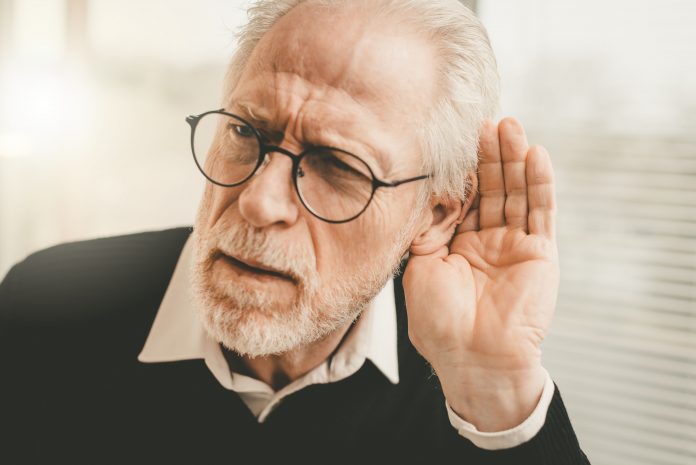Ken Kolderup, VP of Marketing, Bluetooth SIG, discusses how Bluetooth-enabled technology will empower the future of the hard of hearing community
The recent World Hearing Day gave us the opportunity to raise awareness and shed light on the reasons why hearing loss is a pressing, far-reaching problem that needs decisive measures.
Over 5% of the world’s population, which roughly constitutes 466 million people, is affected by hearing loss. Furthermore, according to the charity Action on Hearing Loss, one-fifth of the UK society will struggle with this problem by 2035. However, due to negative connotations and stigma surrounding purchasing and wearing visible assistive devices, the issue is likely to be more significant and the number of people with some kind of hearing loss might actually be much larger. In fact, because of this reluctance, people wait 10 years on average to take the necessary steps to address their hearing loss.
Bluetooth hearing device
Bluetooth SIG’s legacy within the hearing aid industry spans over 15 years; beginning with Starkey ELI piece, equipped with a Bluetooth module plugged into a regular hearing aid to the ReSound LiNX, the first standalone Bluetooth hearing device. Bluetooth has played a key role in revolutionising the way hard of hearing community experiences the world.
Today, the increasingly interconnected society and ongoing technological developments set new challenges for anyone suffering from mild or severe hearing loss. Bluetooth SIG has recently announced its new audio standard, LE Audio, which can address this growing problem. The update aims to empower the hard of hearing community and change how they interact by supporting hearing devices with features including low energy consumption, high sound quality, as well as Multi-Stream Audio and Audio Sharing functionalities.
Better battery power
It is important to highlight that the hearing aid industry is beginning to notice current issues and try to respond to them. There is an increasing variety of digital devices that are powered by more advanced solutions to boost the quality of sound; for instance, technology used in commercial headphones such as noise cancellation.
Because the aids resemble popular earbuds now, new designs help remove the stigma and provide a more comfortable alternative to the traditional instruments. However, there are also limitations to relying on wireless earbuds to assist with hearing. Unfortunately, the power consumption in current models tends to be higher and allows them to last less than 24 hours. It is even more power-consuming for those devices with active noise cancellation features.
LE Audio will address this in the near future by introducing Low Complexity Communication Codec (LC3). In practice, it means that the component will enable engineers and manufacturers to build products with up to 50% longer battery life while not being forced to sacrifice the quality of the incoming sound waves.
Multi-stream capability
While most hearing solutions offer little more than sound amplification, the over-arching goal is to enable users to experience and participate in the features modern technology offers – thanks to LE Audio’s Multi-Stream capability, a further step has been taken in realising this goal.
Wireless earbuds with built-in Bluetooth will be able to receive an independent signal from a smart device instead of having to communicate with an intermediary first. For example, people wearing hearing aids connected to their smartphone will make wireless calls and listen to music and video content by receiving the signal from the smart device itself. Another possible use that would make everyday life much easier for those hard of hearing, will be the ability to connect the aid to increasingly popular voice assistant services, such as Alexa or Google Assistant.
Audio Sharing
LE Audio will not only enhance audio performance and allow user to connect to their smartphone directly through the hearing device, but it will enable Audio Sharing, an entirely new use case that is poised to transform the way people connect with the world around.
Audio Sharing enables a Bluetooth audio transmitter to broadcast audio to an unlimited number of Bluetooth audio receivers. This could form the basis of a next-generation Assistive Listening System (ALS) that allows hearing aid users to receive announcements at train stations and the audio track in cinemas, theatres or conferences directly via the hearing aid, vastly improving everyday life. Audio Sharing also allows friends to enjoy music played on a smartphone through their Bluetooth headphones and hearing aids simultaneously.
The silent problem
Deafness and hearing loss are issues that affect millions of people and prevent them from leading a full life. Although the need for equally accessible devices and systems are growing, current products fail the hearing loss community. By applying hearing-enhancing features to a wider variety of solutions, companies have the power to not only accommodate those already suffering from hearing impairment, but also reduce the stigma and, hopefully, encourage people to have their hearing checked more regularly.











